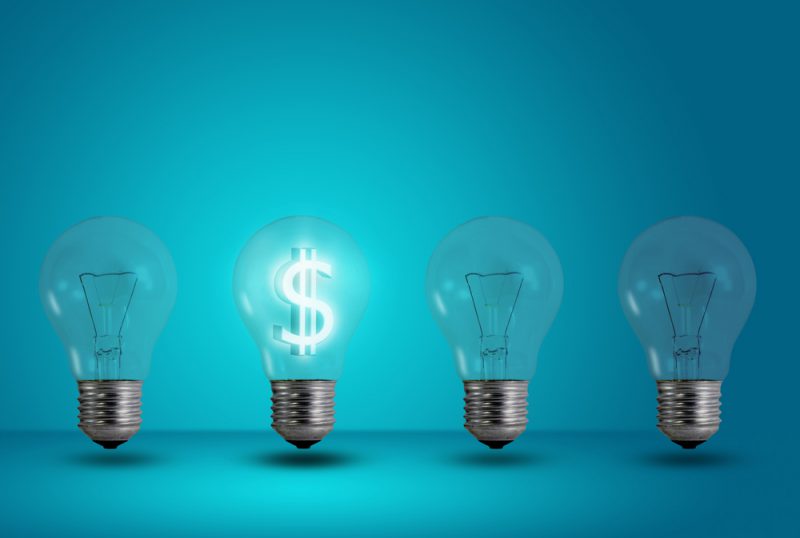Last year marks worst year for electricity sales since 2009 recession

According to the U.S. Energy Information Administration (EIA), retail electricity sales plunged 80 billion kilowatt hours (kWh) in 2017, making it the worst year for the industry since the economic recession in 2009.
In all, that represents a 2 percent decrease in sales, brought about by lower sales in all areas: residential, commercial, and industrial. Despite this, the EIA’s report found that much of this decrease can be linked to something as simple as milder weather. Electricity prices, energy efficiency, and macroeconomic cycles also played a role, but the year over year changes were dominated by the weather.
Overall, there was simply less demand for air conditioning in what are traditionally the hottest months of the year. The report found that cooling degree days — an indicator used to determine cooling-related energy demand — were 9 percent lower when put up against 2016 levels. Likewise, the winter was warmer than usual, causing heating degree days to reach levels 1 percent lower than in 2016 overall, and as high as 10 percent lower in some of the south census region.
Figures were based on an accounting of the various sectors’ buy-ins to the grid. The residential sector takes in the most, at 37 percent, with the commercial sector following at slightly less than that, and the industrial sector holding at around 26 percent of the total.
